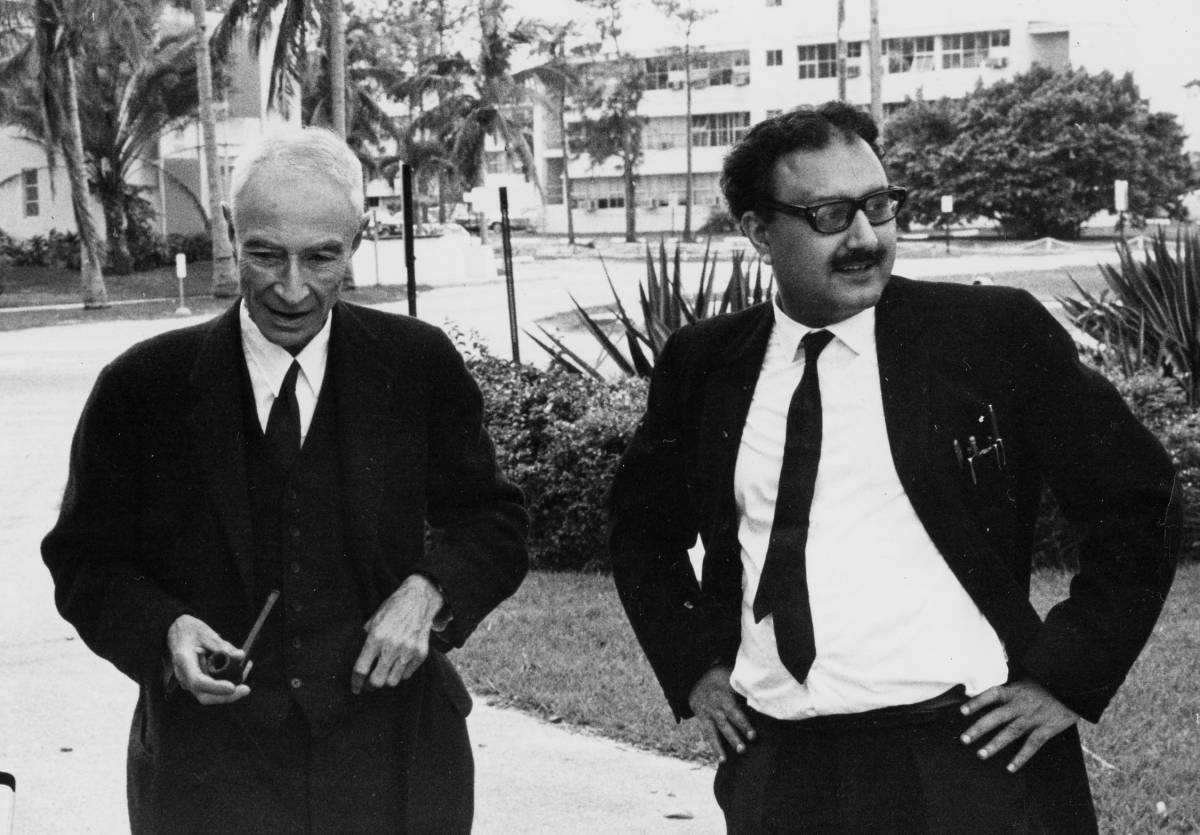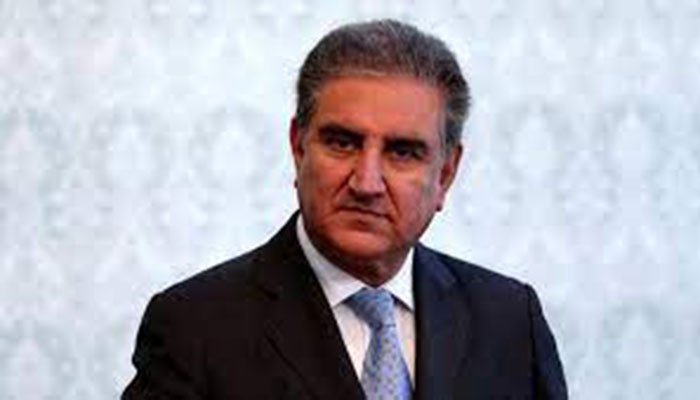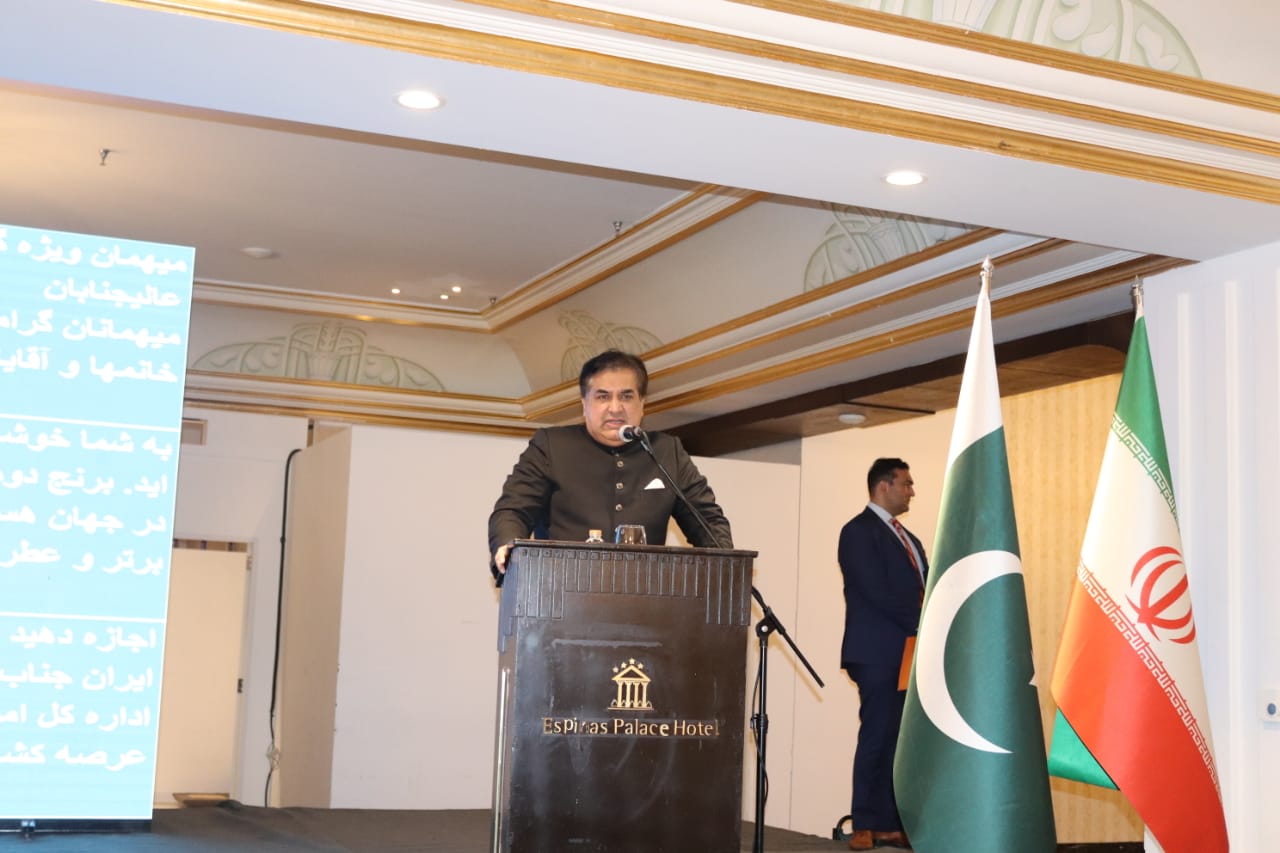Israel and Hamas have reached a three-phase ceasefire agreement following 15 months of intense conflict that claimed the lives of 64,000 Palestinians and left 110,000 injured. Despite the heavy toll on both sides, Israel has conceded to a ceasefire deal that closely resembles previous offers it rejected. Analysts note that Israel failed to achieve its stated military objectives, including its previous demand for permanent control over the Gaza corridor. As the ceasefire is set to take effect, Israel carried out a final wave of airstrikes on Gaza City, killing 30 Palestinians.
Phase One: Humanitarian Aid and Prisoner Exchange
The first phase of the ceasefire will focus on immediate humanitarian efforts and prisoner exchanges. Israel has agreed to release approximately 2,000 Palestinian prisoners, including 250 serving life sentences and 1,000 who were detained after October 7. In return, Hamas will free 33 Israeli civilians, primarily women, children, and elderly individuals who were taken during the initial stages of the conflict.
The ceasefire will also bring a surge of humanitarian aid to Gaza. Relief efforts will include 600 trucks per day carrying essential supplies, including food, medicine, and fuel. These supplies will help address the dire humanitarian crisis that has resulted from the prolonged siege of Gaza. Displaced Palestinians will also be allowed to return to their homes, including those in the northern areas of Gaza, which have been heavily besieged.
Israel will begin withdrawing its forces from Gaza’s densely populated areas, gradually moving to positions along the border. The withdrawal will include the phased removal of military presence from the “Philadelphi Corridor.” The phased retreat will continue, with a full military pullback expected in Phase 2, including the withdrawal from the Netzarim area.
Phase Two: Continued Prisoner Releases and Full Withdrawal
Phase Two of the ceasefire will build upon the progress made in the first phase. More Palestinian political prisoners will be released as Israel begins to meet its obligation to halt military operations. In exchange, Hamas will release all remaining Israeli captives, including male soldiers. This phase also marks the beginning of Israel’s complete withdrawal from Gaza. The military will announce a permanent cessation of operations and will leave Gaza entirely.
The successful completion of Phase One will set the stage for Phase Two, with the negotiation of further details to ensure the fulfillment of both parties’ obligations. The full cessation of military operations will represent a significant shift in the conflict dynamics, bringing an end to Israel’s military presence in Gaza for the first time in over a year.
Phase Three: Return of Bodies and Reconstruction
Phase Three will focus on the return of the bodies of Israeli captives and the reconstruction of Gaza. Hamas has agreed to hand over the bodies of the remaining Israeli soldiers, completing the exchange of prisoners and bodies. Following this, the international community will play a pivotal role in Gaza’s rebuilding process.
A comprehensive reconstruction plan will be developed with international oversight. Experts estimate that it will cost over $80 billion to rebuild Gaza. The United Nations has warned that it will take approximately 14 years to clear the rubble and begin the extensive reconstruction efforts required to restore the region. This phase aims to address the immense infrastructural and economic damage caused by the prolonged conflict, though the timeline for full recovery remains uncertain.
A Long Road Ahead
While the ceasefire deal offers a glimmer of hope for peace, the challenges of rebuilding Gaza and addressing the underlying issues of the Israeli-Palestinian conflict remain immense. The path to lasting peace will require cooperation from both sides and the international community. However, after over a year of brutal warfare, the ceasefire provides a critical opportunity for dialogue and rebuilding in the region.
Related Stories:
President-elect Trump Officially Announces Historic Ceasefire Deal in Gaza
Biden speaks with Israel’s Netanyahu, urges ‘immediate ceasefire’ in Gaza
Gaza ceasefire talks 90% complete, Palestinian official tells BBC
















